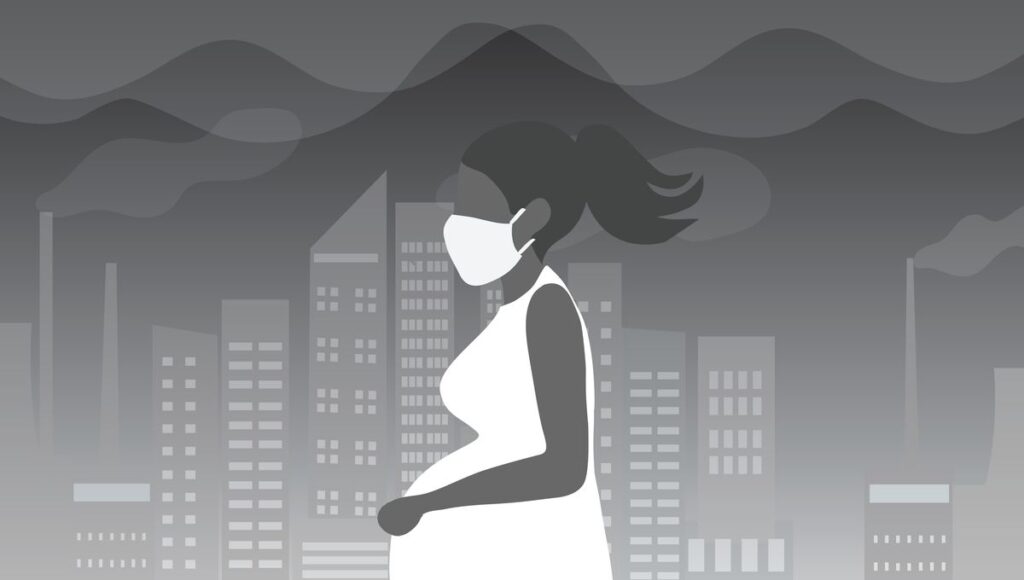
Autism has become a focal point for U.S. Secretary of Health and Human Services Robert F. Kennedy Jr. and other top officials within the American health administration. Their focus, however, has often veered towards unsubstantiated claims, such as linking autism to vaccines or painkiller use during pregnancy. These assertions lack credible scientific backing, overshadowing genuine evidence pointing to environmental factors like air pollution.
Meanwhile, a recent study has brought to light a potential environmental trigger for autism: fine particulate matter pollution, known as PM2.5. This study not only confirms a link between PM2.5 and higher autism diagnosis rates but also identifies the timing and types of particulates involved.
Groundbreaking Research from Ontario
The study, conducted in Ontario, Canada, analyzed data from most children born between April 2002 and December 2022. Excluding premature births, twins, and cases with extreme birth weights or maternal ages, the research encompassed 2.18 million participants—a robust sample size by any standard.
While individual exposure data wasn’t available, Canada maintains detailed records of neighborhood pollution levels on a weekly basis. This allowed researchers to estimate exposure to various PM2.5 types. The study compared children diagnosed with autism spectrum disorder (ASD) before age five to those without such a diagnosis.
Key Findings and Implications
The research controlled for factors like socioeconomic status, theoretically addressing confounding variables such as easier access to ASD diagnoses in urban areas. The findings revealed that exposure to SO42− and NH4+ above 2 μg/m3 was most strongly associated with an ASD diagnosis. While ozone exposure in the womb wasn’t statistically significant, it was during the first months of life.
Other particulates, such as sea salt, black carbon, and dust, didn’t show a significant association once other factors were considered. However, the study suggests that SO42− might indicate the presence of other pollutants not measured in detail, like metals from coal-burning, which could be the actual triggers.
The chances of an autism diagnosis were only about 12-15 percent higher for each particulate exposure.
The study’s authors note the plausibility of these associations, citing known biological pathways through which PM2.5 could influence neurodevelopment. These mechanisms are believed to contribute to structural and functional changes in the developing brain.
Limitations and Broader Environmental Concerns
Despite its strengths, the study has limitations, such as relying on average pollution exposure for postal codes. Living near a busy road, for example, results in much higher exposure than residing a few streets away.
Nevertheless, the modest increase in autism risk is overshadowed by more pressing reasons to reduce exposure to these pollutants. Extensive data already links them to severe health risks, including asthma, miscarriage, cancer, and even suicide.
Policy Implications and Future Directions
Globally, governments have implemented policies to reduce citizens’ exposure to harmful pollutants, such as transitioning from coal-fired power plants, imposing emission limits, and promoting alternatives to internal combustion engines. These measures have seen success in many wealthy countries.
However, the past year has witnessed significant rollbacks of these environmental protections in the U.S., even as Kennedy vows to “Make America Healthy Again.” The new findings underscore the importance of maintaining and strengthening efforts to combat air pollution, not only for reducing autism risk but for broader public health benefits.
As the scientific community continues to explore the environmental factors contributing to autism, this study highlights the urgent need for informed policy decisions. Reducing air pollution remains a critical step towards safeguarding both current and future generations.





